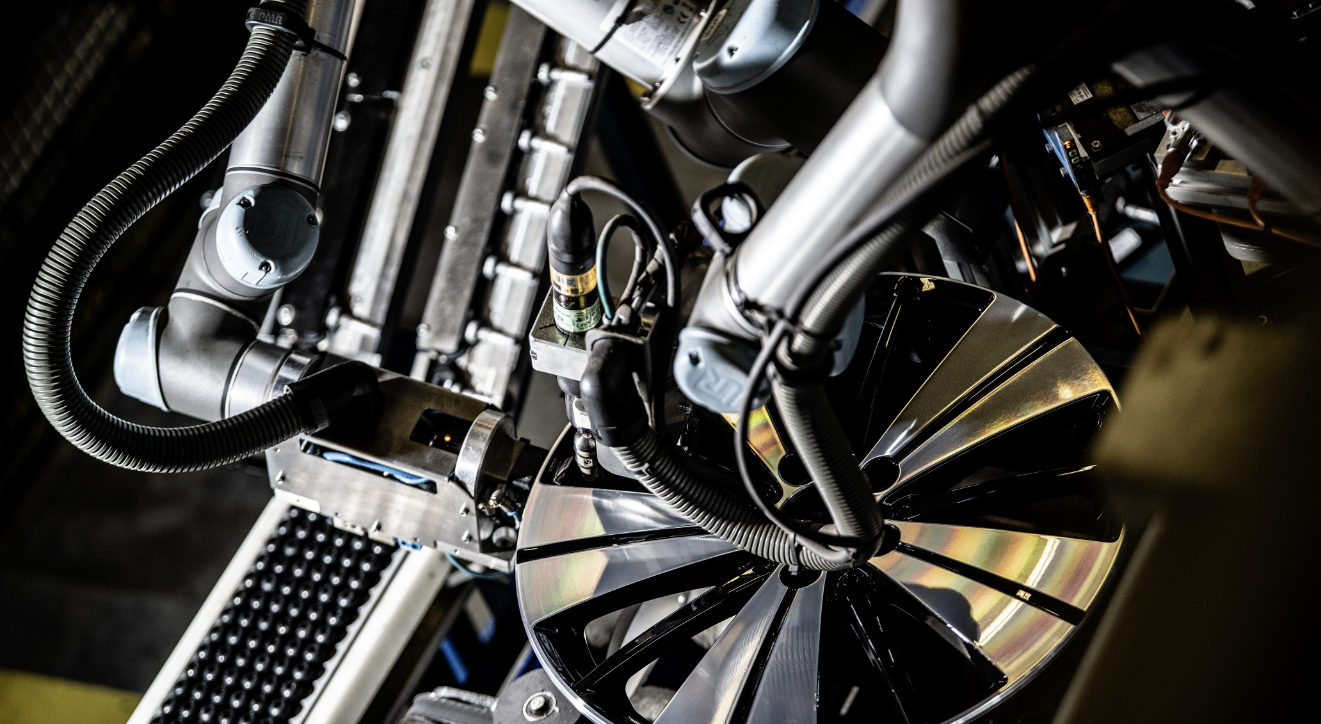Eurofit is the European leading
Tire-Wheel Assembly specialist.
Eurofit is a reliable partner for the European Automotive Industry, specializing in tire-wheel assembly, logistics, quality assurance, component management and process innovation. We deliver to the highest specification of OEM customers, supplying the essential element of the automotive vehicle.
0 Mio
wheels mounted in 2023
0
employees
0+
expert in complete TWA for over 25 years
0
countries with 18 locations


